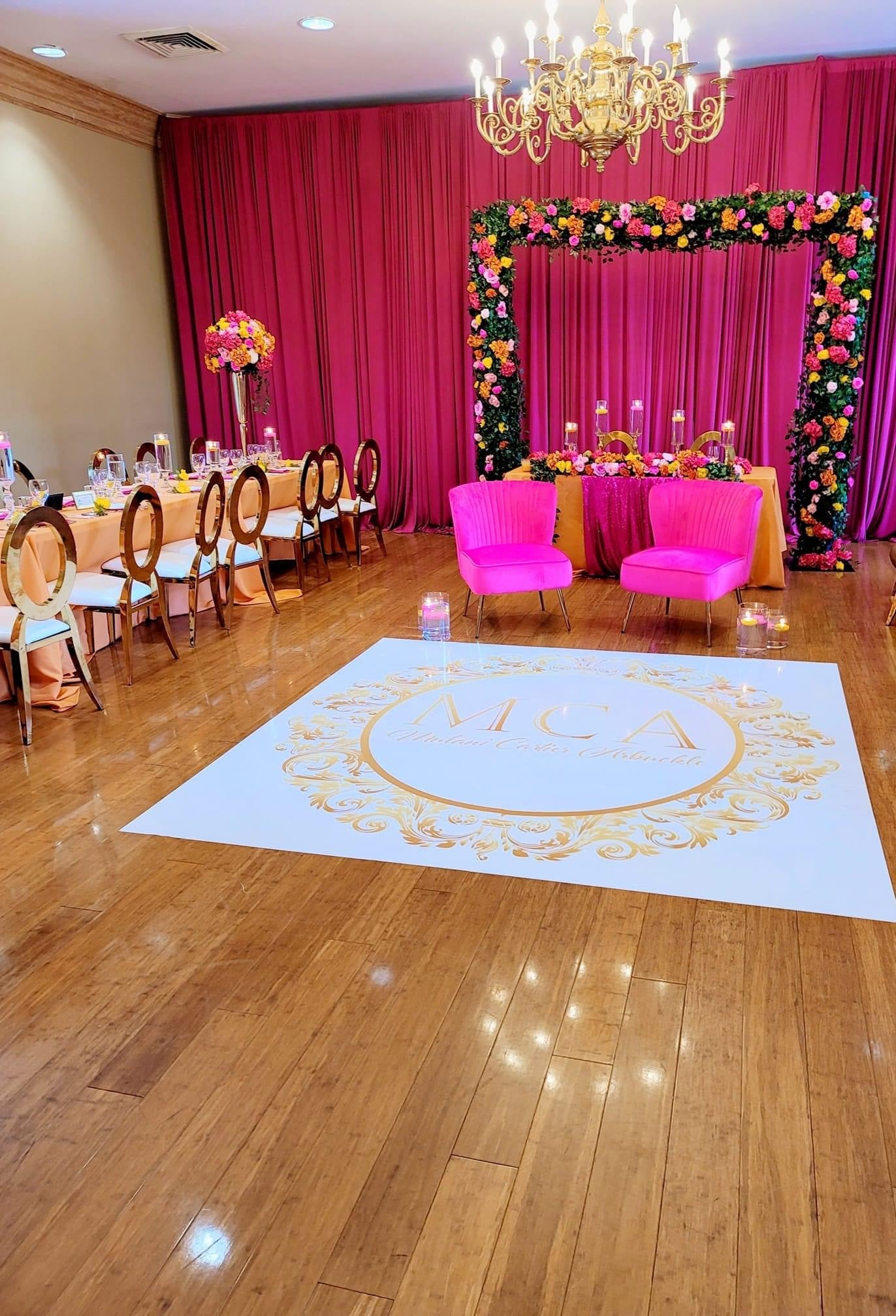
One significant pattern in responsive LED dancing surfaces is the integration of smart tech. Many new models feature sensors that detect motion and adjust the illumination accordingly. This implies that the floor can change colors, patterns, and effects based on how numerous people are moving and where they are positioned. This responsiveness creates a dynamic setting that encourages involvement and excitement. Additionally, some designs allow users to manage the lighting through smartphone apps, providing them the power to customize their encounter in real-time.
Another important trend is the use of eco-friendly resources and energy-efficient tech. As environmental issues grow, many creators are concentrating on creating light-emitting diode dancing floors that are not only aesthetically stunning but also eco-friendly. This comprises using repurposed resources for the floor's construction and implementing energy-saving LED illumination. These innovations assist reduce the environmental footprint of gatherings while still providing a mesmerizing visual encounter. By prioritizing eco-friendliness, creators are appealing to a more ecologically aware audience.
The integration of augmented virtual reality (AR) is also transforming the responsive dancing surface experience. AR technology enables users to see virtual images and visuals overlaid on the physical environment through their smartphones or AR spectacles. This can enhance the dancing floor encounter by adding digital elements that interact with the real space. For instance, performers might see animated figures or visual effects that react to their movements, producing a unique and captivating environment. This trend is particularly attractive to millennial audiences who are familiar to digital engagements in their everyday lives.
Additionally, the design of responsive LED dance surfaces is becoming more versatile and modifiable. Many recent models can be easily installed in different settings, from temporary gatherings to permanent installations. This adaptability enables venues to develop tailored experiences that address to different concepts and crowds. Some designs even include interchangeable components that can be reconfigured to form different shapes and arrangements. This flexibility not only enhances the useful content aesthetic appeal but also allows for creative expression in event organization.
In summary, the future of interactive light-emitting diode dancing floors is being shaped by creative styling trends that focus on innovation, sustainability, enhanced virtual reality, and versatility. These advancements are producing more immersive and immersive experiences for users, establishing dancing floors a key element of recreational locations. As these trends keep to advance, they will likely redefine how individuals engage with sound and movement, ensuring that responsive light-emitting diode dance surfaces stay a popular choice for events and festivities.